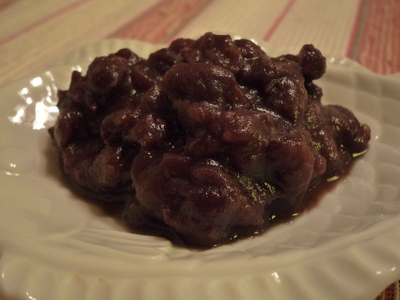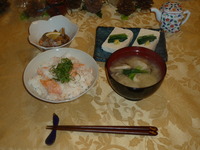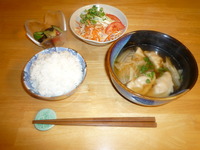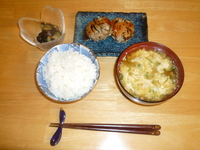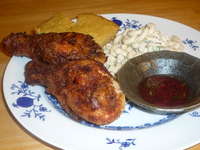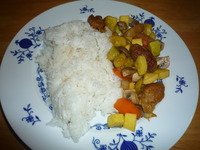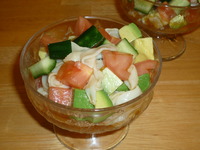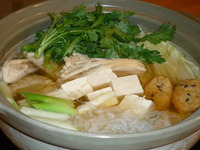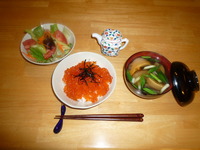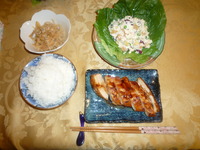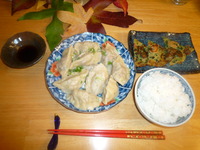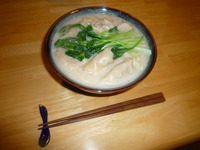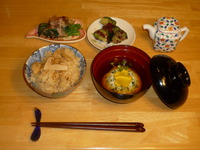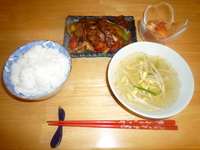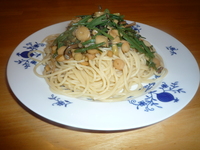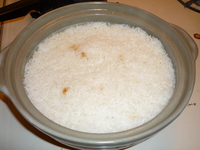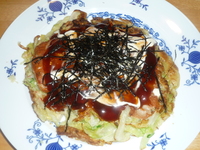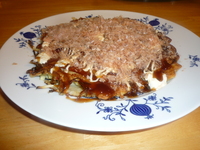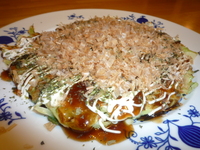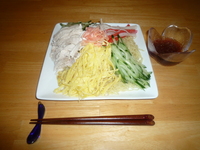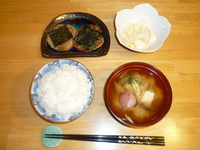Friday, July 2nd, 2010
Azuki beans are vibrant red beans with a shiny coating.
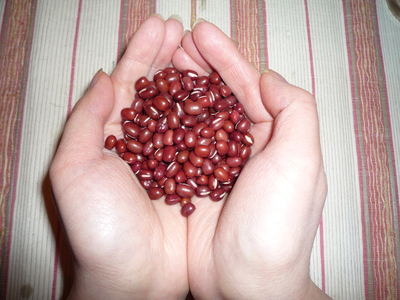
So far, I haven't introduced any dessert recipes under the build a meal category. Traditional Japanese meals usually aren't served with dessert so uhhh that's my excuse. Anyway I've held out long enough so I thought I would start with one of the most commonly used ingredients in Japanese sweets, azuki (red beans.) There are two main types of an (red bean paste) made from azuki: Tsubuan and Koshian. Tsubuan (chunky red bean paste) is made by boiling the beans in water and adding sugar and salt. It's used in a variety of sweets such as ohagi (rice balls covered in tsubuan), taiyaki (fish shaped waffle-like dessert filled with tsubuan), Anpan (round buns filled with tsubuan) and Anman (steamed four buns filled with tsubuan). Koshian is similar to tsubuan but is a more painstaking process because the skin is separated from the anko using a strainer/mesh or sieve which results in a smoother consistency. Koshian is also used in anpan and anman as well as dango (Japanese dumplings filled with koshian), and a variety of wagashi (Japanese sweets). I prefer tsubuan because I like the texture and I think the skin contains a lot of the flavor.
I can eat spoonfuls of tsubuan by itself but I also love eating it in my anmitsu dessert with vanilla ice cream,
shiratama, jelly, fruit cocktail and a drizzle of kuromitsu (black syrup made from brown sugar). It sounds rather bizarre if you've never had it, but I challenge anyone who says that it sounds gross to try it.
There are different ways to make anko. The beans take about a hour to cook so many people opt for the pressure cooker method. If you have the time, I recommend not using a pressure cooker because the delicate flavor of the azuki seems to dissipate in the pressure cooker. At some point I might post a pressure cooker recipe but for now, I'm posting it the way my grandmother makes it. Another thing to note is that I don't soak the beans ahead of time in order to maintain the flavor of the beans.
Ingredients (Yields about 4 cups of tsubuan)
1 1/2 cup Azuki beans
1/4 cup of brown sugar (Try to go with the gourmet brown sugar. I think it makes a big difference)
1/2 cup of granulated sugar
1/4 teaspoon of sea salt
water
1) Wash the beans and put them in a pot with water.
2) Bring them to a simmer and then turn off the stove immediately and drain the water. This process help to remove impurities and aku from the beans.
3) Fill the pot with the beans and water (about an inch above the beans) and bring to a simmer.
4) Simmer for about 50-60 minutes depending on how high you have the heat and the thickness of your pot. I use my pressure cooker pot but leave the lid off.
5) Remove the
aku (skum) and add water as needed. (I add water about every 20 minutes and remove aku about 2-3 times)
6) Cook until the beans are soft and have absorbed most of the water.
7) Once the beans are soft, add the sugar and simmer until incorporated. It's important to add the sugar only after the beans are cooked otherwise they will not get soft and nothing is worse than grainy red bean.
8) I stop simmering a little before all the water is absorbed because I like mine a little on the soupy side. You can simmer it down until it's a thick consistency but it'll thicken up a little in the fridge. The consistency of the anko depends on what you're going to use it for. For dango-type desserts or when used as a filling, it should be thicker. At this point you can mash it up a little or leave it chunky.
Start them in cold water.
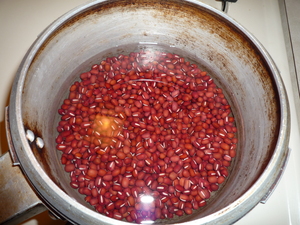
As soon as they start to simmer. Turn off the stove.
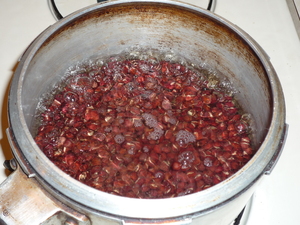
Drain the water once to remove impurities.
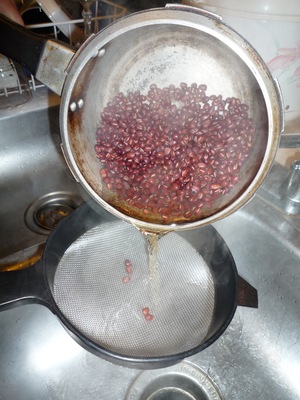
Add the water back in and this time simmer on low heat.
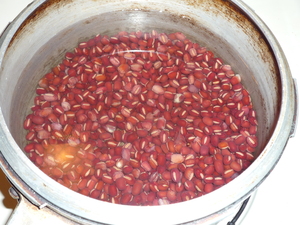
I used a thick pressure cooker pot but you want the heat to be low.
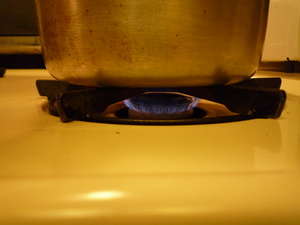
When the beans come to a simmer they should be dancing, not jumping.
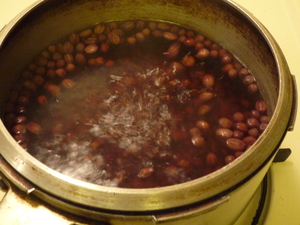
After simmering, a grayish aku (skum) will come out.
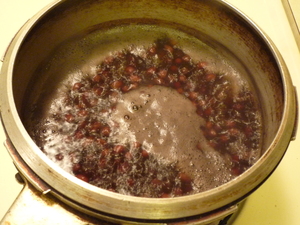
Scoop it out with a ladle or spoon. You may have to do this a few times.
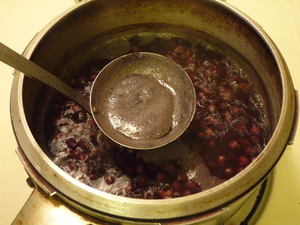
Add more water in and continue to simmer.
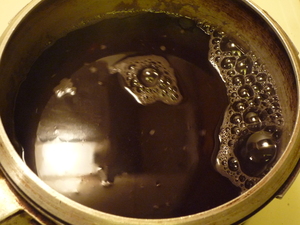
Simmer until the anko looks like this.
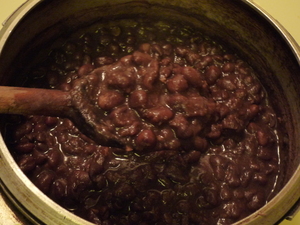
Add the sugar only after the beans are soft.
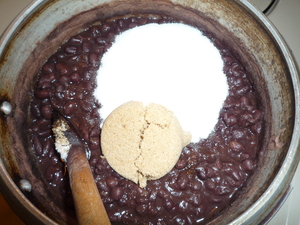
Endless possibilities.
